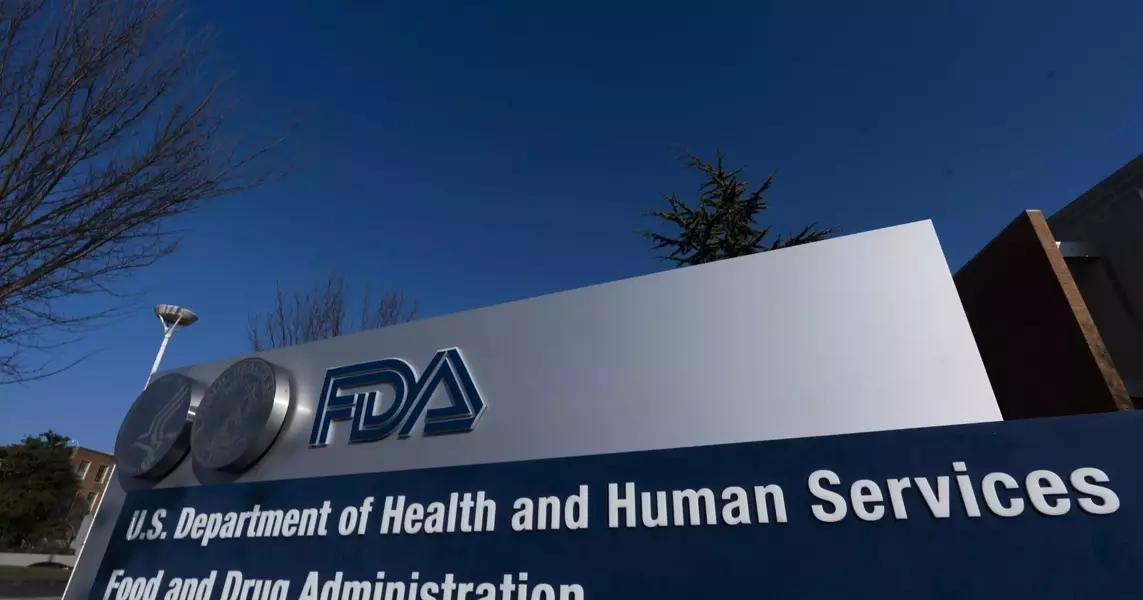FDA Sets Lead Limits in Baby Foods to Protect Child Health

In a significant move aimed at safeguarding the health of young children, the U.S. Food and Drug Administration (FDA) has established maximum permissible levels of lead in various types of baby foods. This initiative is part of an ongoing effort to minimize exposure to toxic metals that can cause developmental and neurological issues. The new guidelines are expected to reduce lead intake from processed baby foods by approximately 20% to 30%. While these limits are voluntary for manufacturers, they provide the FDA with the authority to take enforcement actions if necessary. Consumer advocates have welcomed this step but argue that the measures should be more stringent.
New Lead Limits Announced for Infant Foods
In a pivotal development during the early autumn season, the FDA unveiled its final guidance on permissible lead levels in infant foods. This decision comes after extensive deliberations and aims to protect the vulnerable population of infants and toddlers. The agency has set a threshold of 10 parts per billion (ppb) for fruits, most vegetables, grain and meat mixtures, yogurts, custards, puddings, and single-ingredient meats. For root vegetables and dry infant cereals, the limit is slightly higher at 20 ppb. These regulations apply to packaged processed foods sold in jars, pouches, tubs, or boxes.
The FDA’s action follows a concerning incident where tainted apple cinnamon puree sickened over 560 children between October 2023 and April 2024. The lead levels in those products were alarmingly high—over 2,000 times the newly established maximum. Despite the natural occurrence of lead in some foods due to environmental pollutants, the FDA stresses the importance of minimizing exposure as much as possible. According to the U.S. Centers for Disease Control and Prevention (CDC), there is no safe level of lead exposure for children, as it can cause severe health effects such as brain and nervous system damage and delayed growth and development.
While consumer advocates like Thomas Galligan from the Center for Science in the Public Interest commend the FDA’s efforts, they believe the agency took too long to act and could have incorporated stronger standards. Brian Ronholm from Consumer Reports also expressed concerns, stating that the limits might not adequately protect public health as they seem to prioritize industry feasibility.
Companies like Gerber have assured that their products meet the new guidelines, but critics argue that more comprehensive measures are needed to address other metals like cadmium, which have also been detected in baby foods.
From a journalist's perspective, this development underscores the critical need for continuous vigilance in food safety, especially when it comes to protecting the youngest members of society. It highlights the balance between regulatory measures and industry practices, emphasizing the importance of setting science-based standards that truly safeguard public health. The debate around these limits serves as a reminder that while progress has been made, there is still much work to be done in ensuring that all infant foods are as safe as possible.